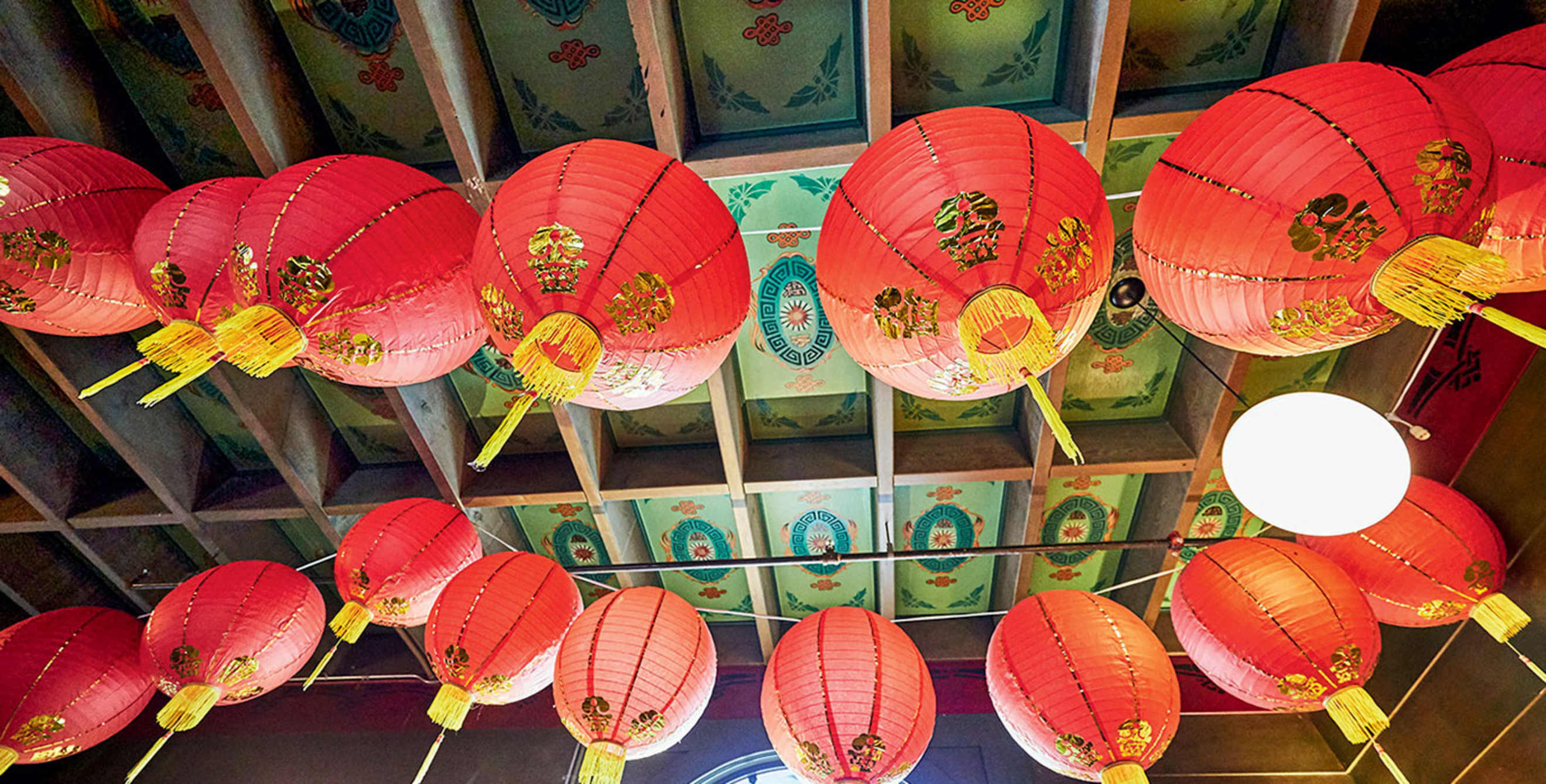
Why You Should Visit SF's Chinese Historical Society of America Museum
A little-known San Francisco museum delights with treasures large and small.

While wandering San Francisco's Chinatown, stray two blocks from touristy Grant Avenue, and you might stumble on 965 Clay. The lantern-adorned building, designed by seminal architect Julia Morgan, once housed a YWCA. Today it's home to the Chinese Historical Society of America Museum, a treasure trove of art and displays about the history of the Chinese in the United States, set within a 3,200-square-foot former gym.
A new permanent exhibit opened in 2017, Chinese American: Exclusion/Inclusion, details the experiences of the Chinese immigrants who helped build the West, yet faced discriminatory laws. Replica rooms based on the Angel Island Immigration Station—the West's Ellis Island—show what awaited new arrivals. You can walk through bunk bed–lined barracks hung with shirts and hats, read poems written by detainees, and slide open cabinets to reveal digitized certificates of identity, mandatory for U.S. citizens of Chinese descent.
Throughout the museum are lush watercolors by the late Jake Lee. Commissioned for Kan's Restaurant, these 12 works depicting early Chinese American history were thought lost until 2010. Then, in a plot worthy of a Dashiell Hammett thriller, the museum tracked them down, some at a Southern California auction house, the last in a San Francisco auto shop.
In a gallery on the former stage, shoebox-size miniatures crafted by retired Hollywood prop master Frank Wong evoke bygone Chinatown homes and storefronts. Look inside each for a box of See's Candies—a symbol of being American. Then look up. Some of the museum's biggest visual treats come from Morgan's 1932 structure, a graceful homage to Chinese architecture with hand-painted coffered ceilings and a quiet garden courtyard.
Spend less on entertainment by using your AAA discount at movie theaters, sporting events, and popular attractions.